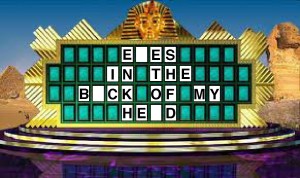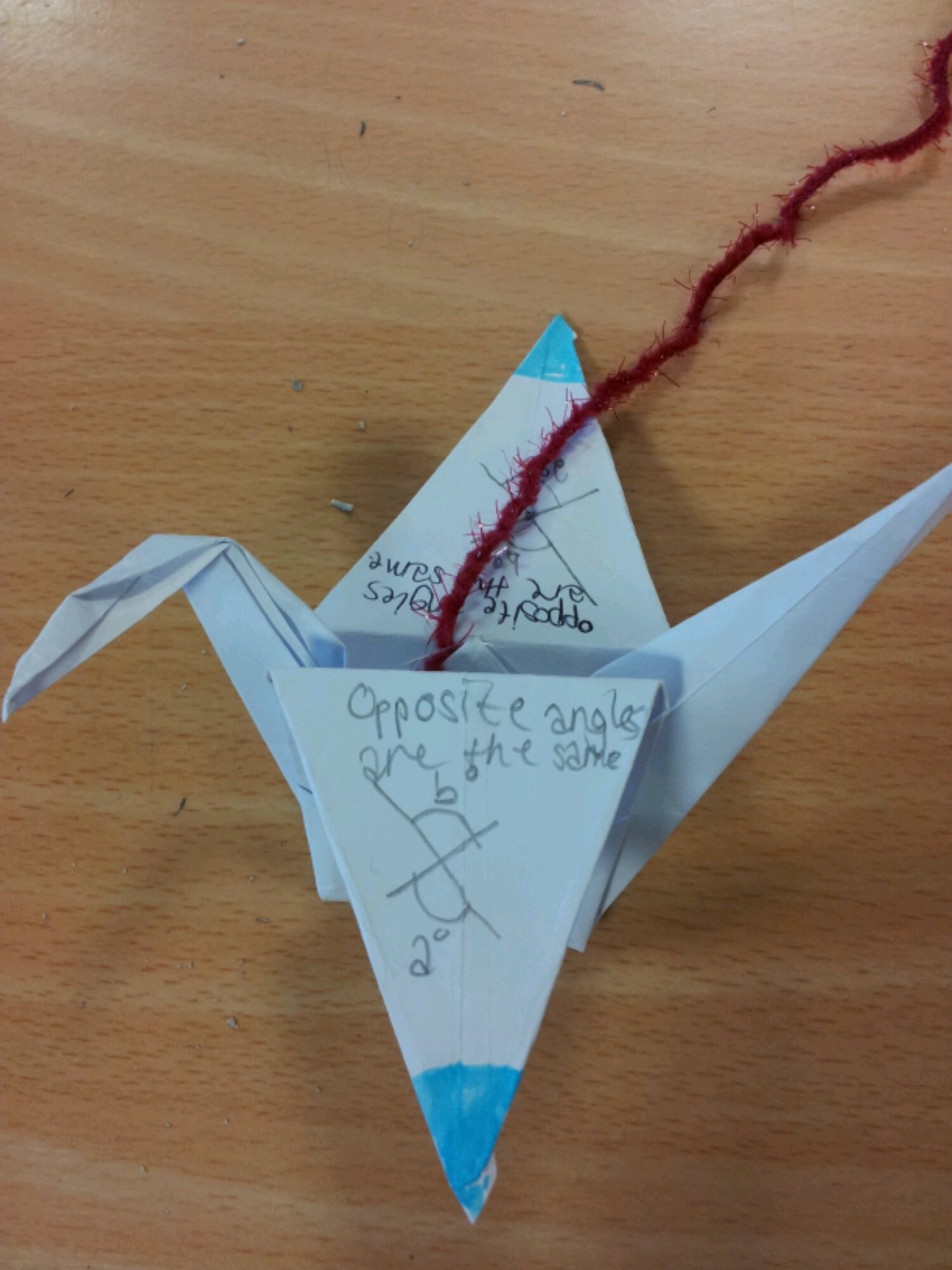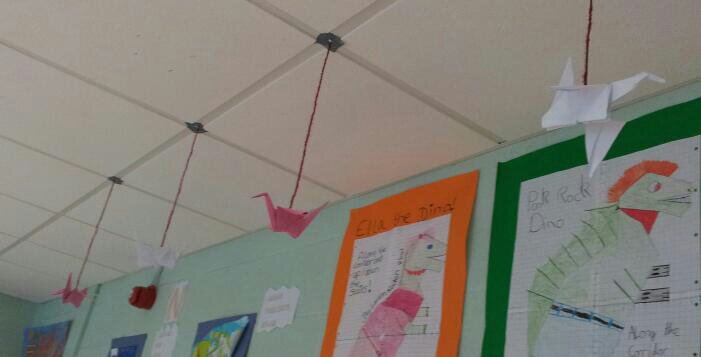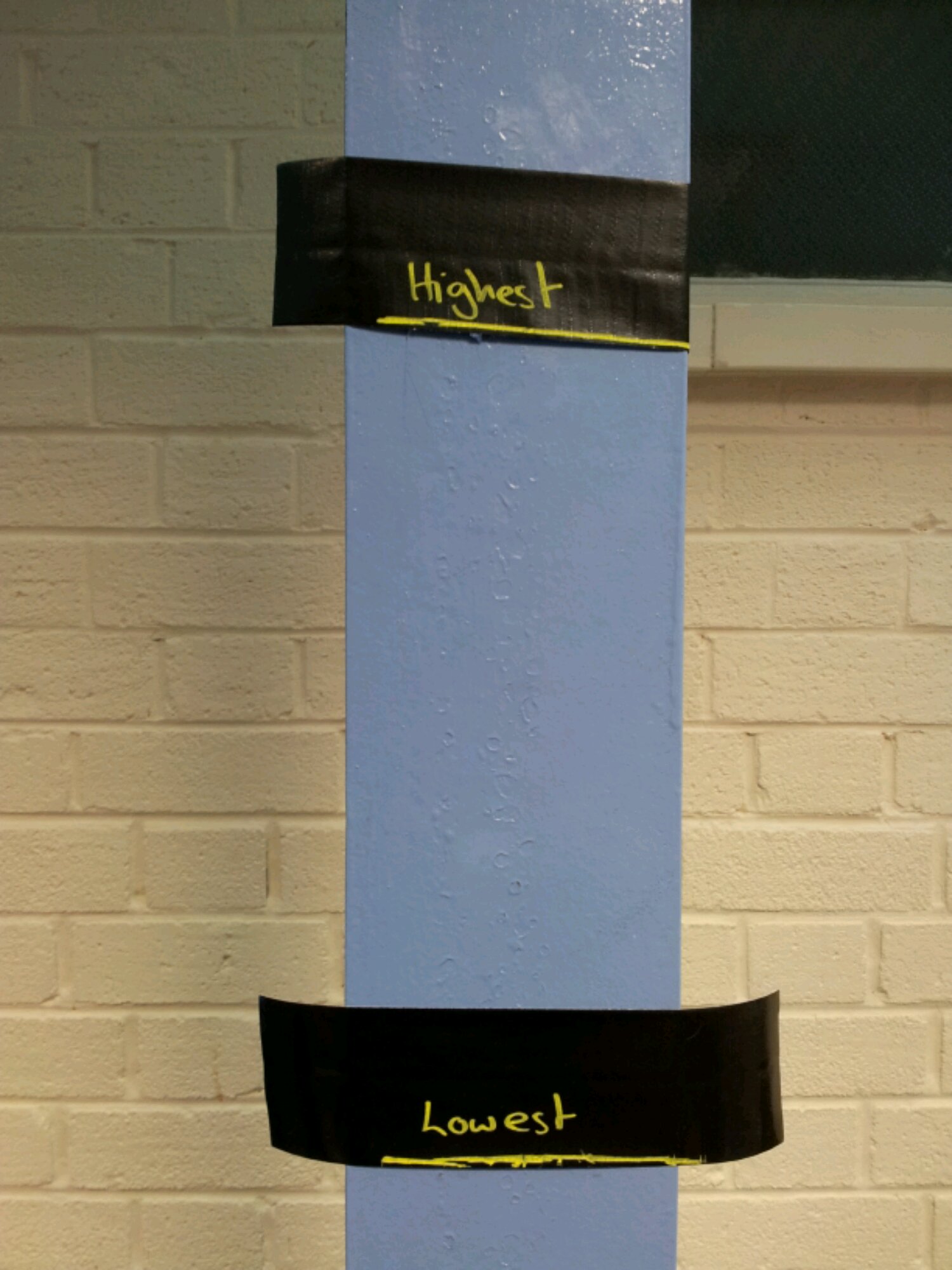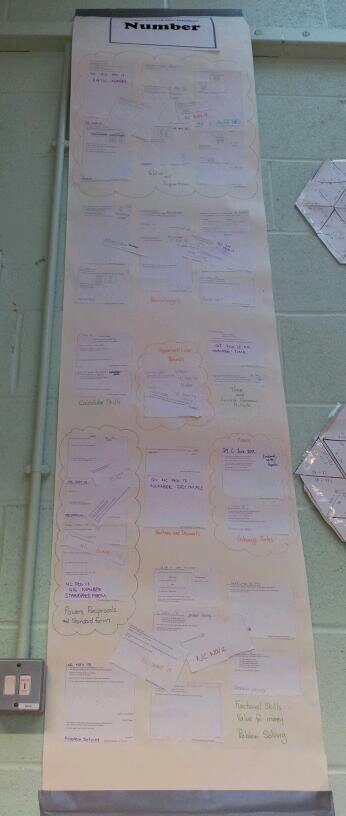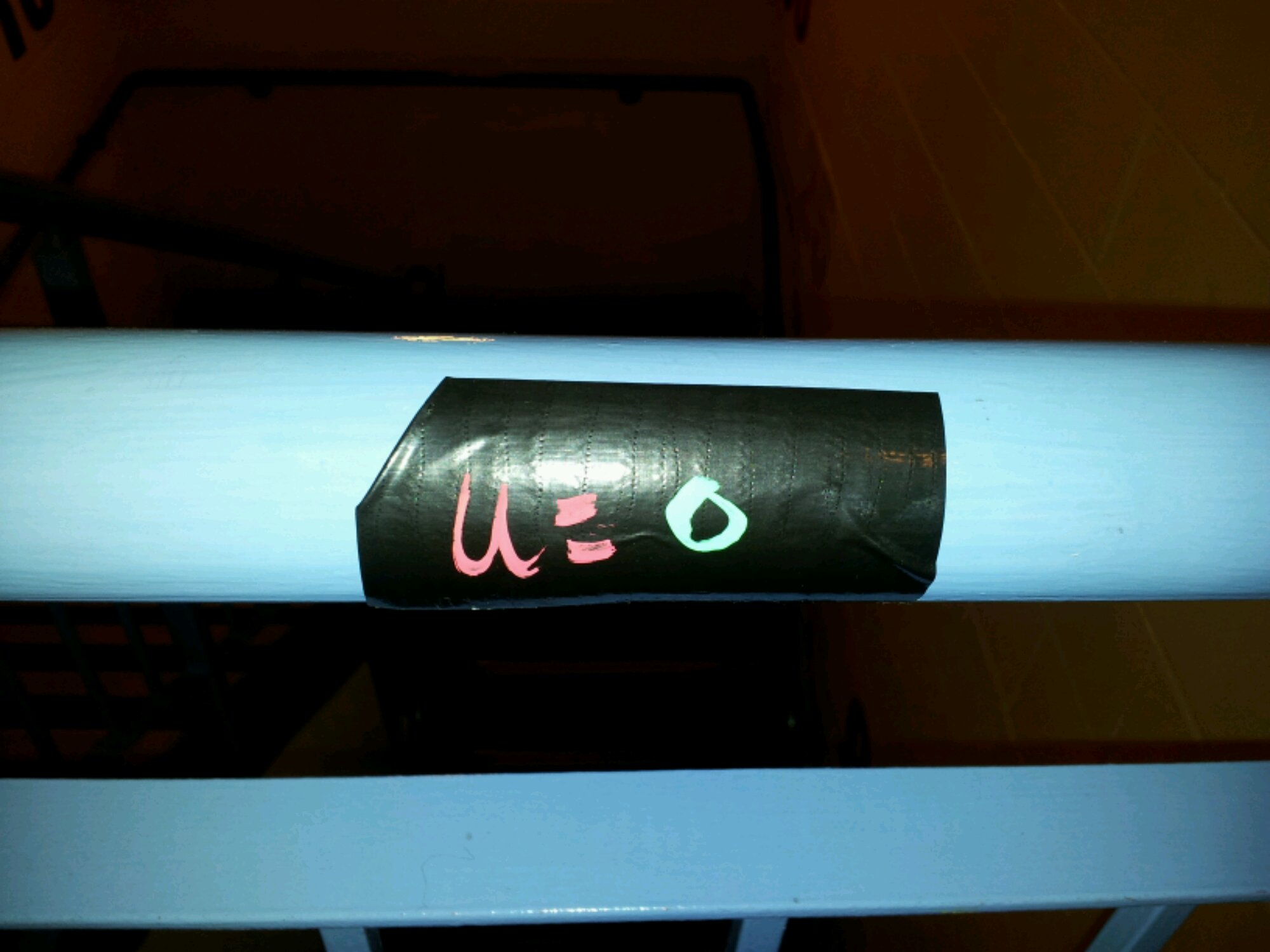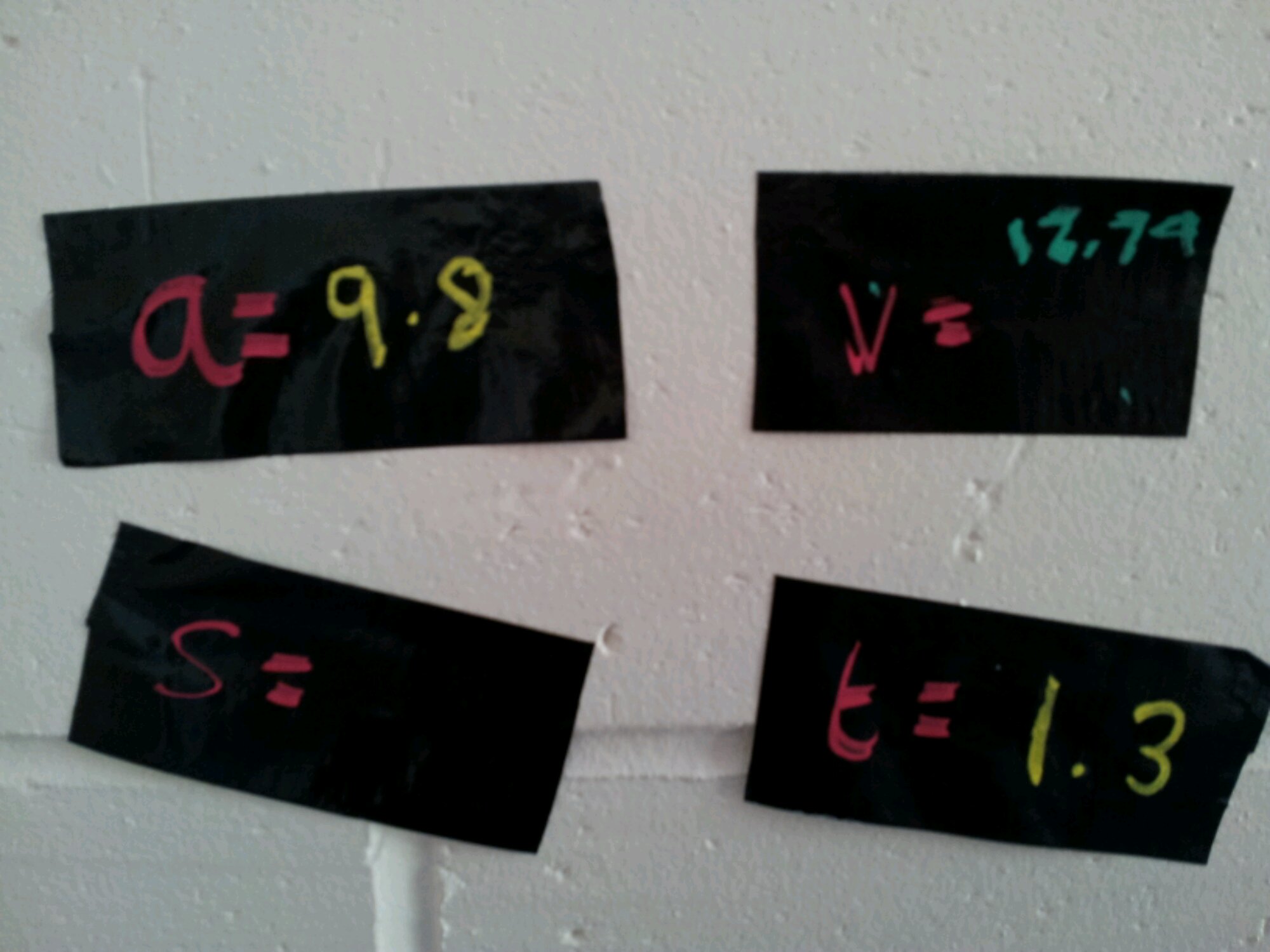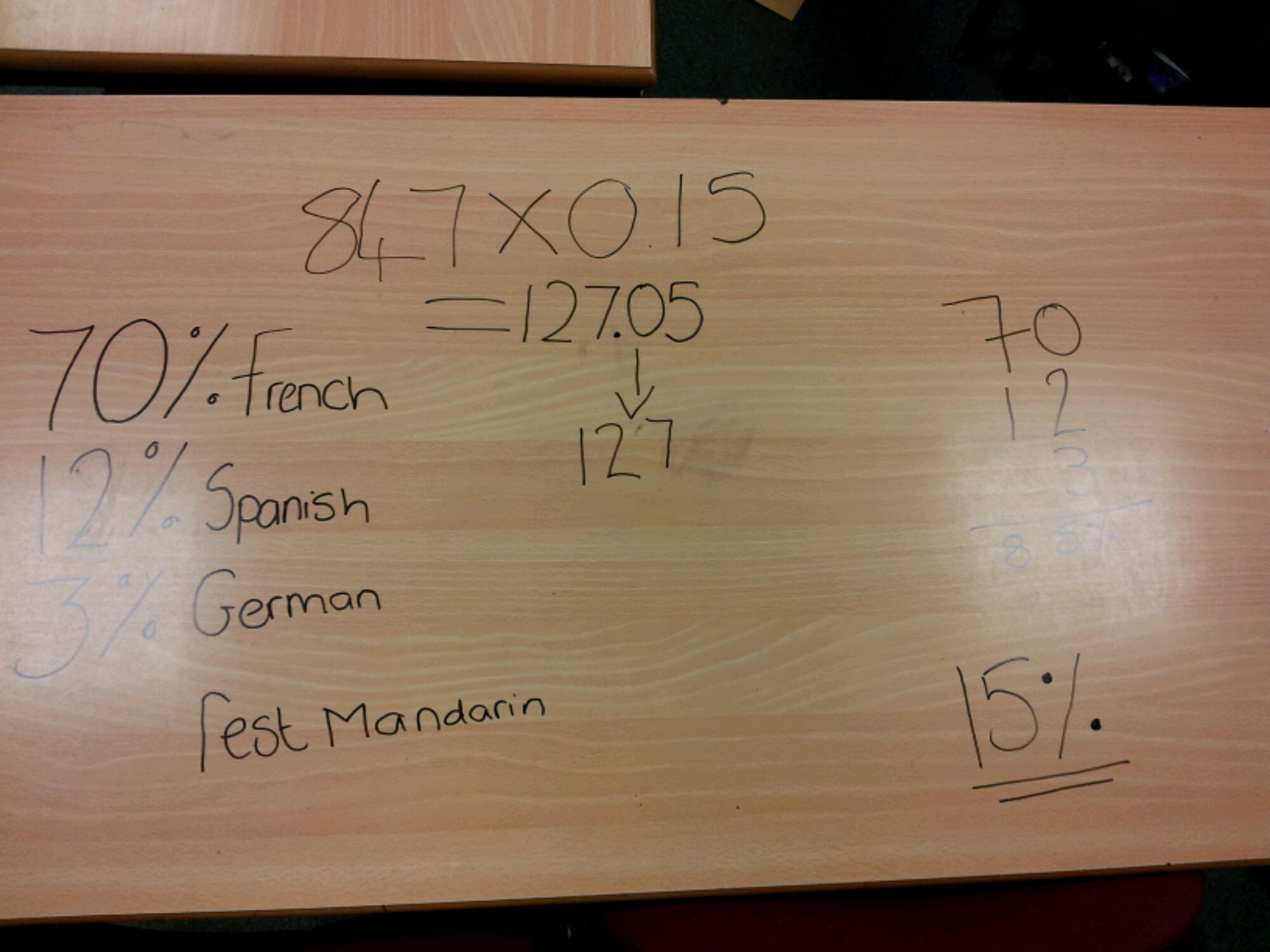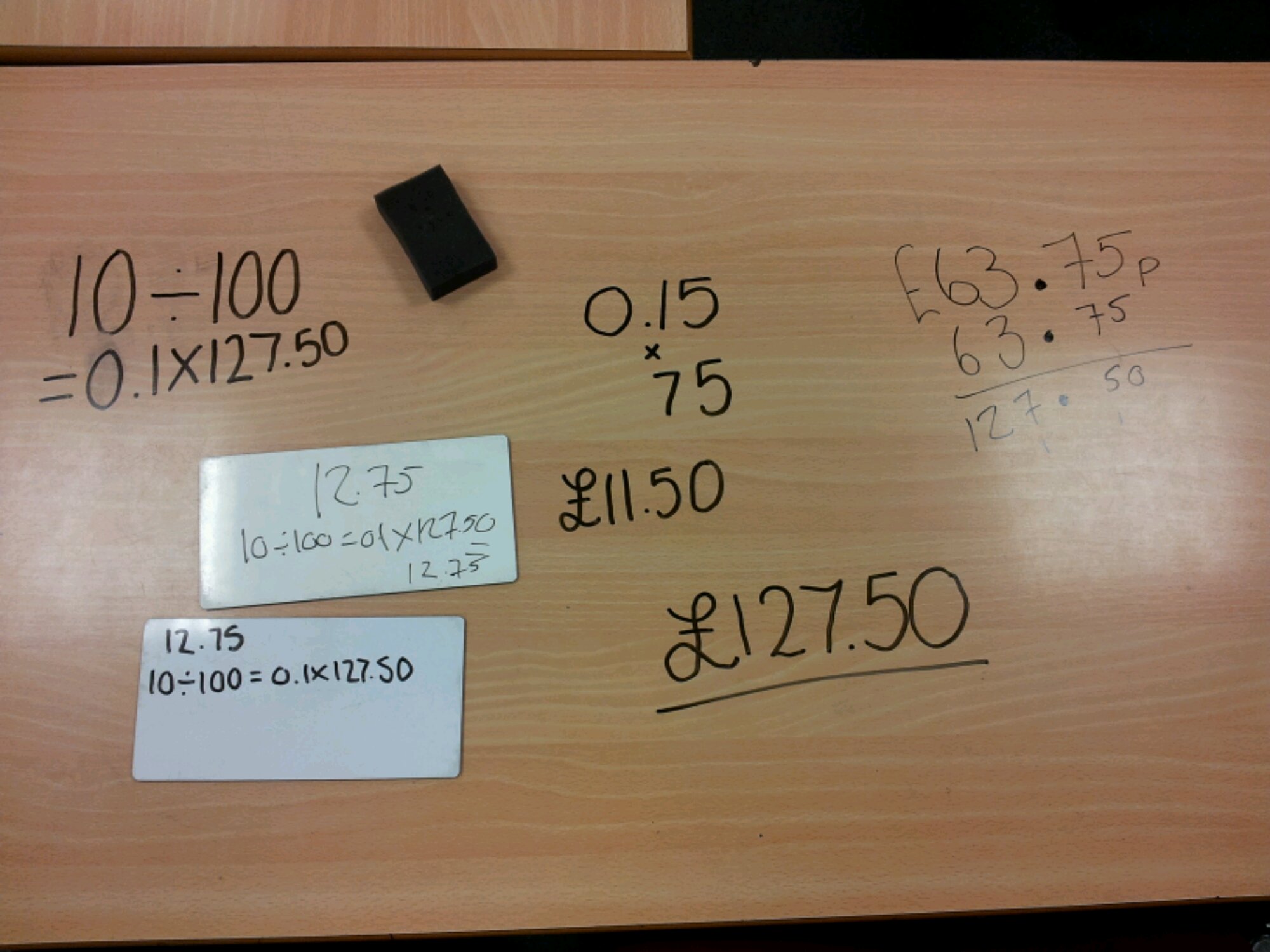There is a moment of satisfaction to be had when the last drip of filter coffee drops into the jug: a lovely aroma of fresh coffee and the anticipation of a well-earned drink.
Image Credit: http://vidacoffeeco.com/
Don’t worry, the ‘Sandpit’ hasn’t gone all hipster foodie overnight! The slow drip of coffee leading to a rewarding cup matches perfectly with the slow drip of revision, leading to a rewarding grade.
The exam season is fast approaching and the photocopiers are starting to crank out past papers. You start handing out papers and expect them to hand them in …
That’s the point it starts to go wrong:
- They don’t hand them in.
- They give up halfway through.
- They skip pages and it takes you ages to find what they’ve done.
- They lose confidence.
- If you issue A5 size booklets they lose them.
- If you issue A4 size booklets, they complain and the booklets get mangled.
- You get frustrated – don’t they realise it’s for their own good!
This year, why not try out this idea instead:
- Hand out the exam board formulae sheet.
- Hand out the grade boundaries.
- Hand out the first four pages reduced to A4, back to back.
- Collect in the first sheet.
- Repeat for the next four pages.
- Collect in the second sheet.
- Repeat until the questions start getting harder, then decrease it to two pages back to back.
- Continue until the paper is finished.
This is time-consuming and it is best started well in advance of the main revision period, but it works. The individual sheets have a manageable amount of content and are less intimidating – they also weigh a lot less than 33 exam papers. As a teacher, you get a clear picture of which areas to revisit as the topic list is short. Each student keeps a running total of how they are doing on the paper. The grade boundaries sheet lets them keep track of their progress towards their target grade.
The consequence of doing this process with a couple of papers is that students feel more confident approaching papers. They will start to notice themes in the wording and topics. They will also realise that it’s important to ‘bank’ as many marks as they can in the first half of an exam paper.
My class responded well to this drip-feed of questions. After the first sheet they felt proud of themselves when they realised they’d achieved a grade D in just four pages of a Higher paper and were calculating how many marks they’d need for a C. The number of late homeworks dramatically dropped and the effort level went up.
This idea is simple and non-subject specific. It would work equally well with physics, chemistry, biology … in fact any paper which has a fair number of questions.
Good luck with the revision!



